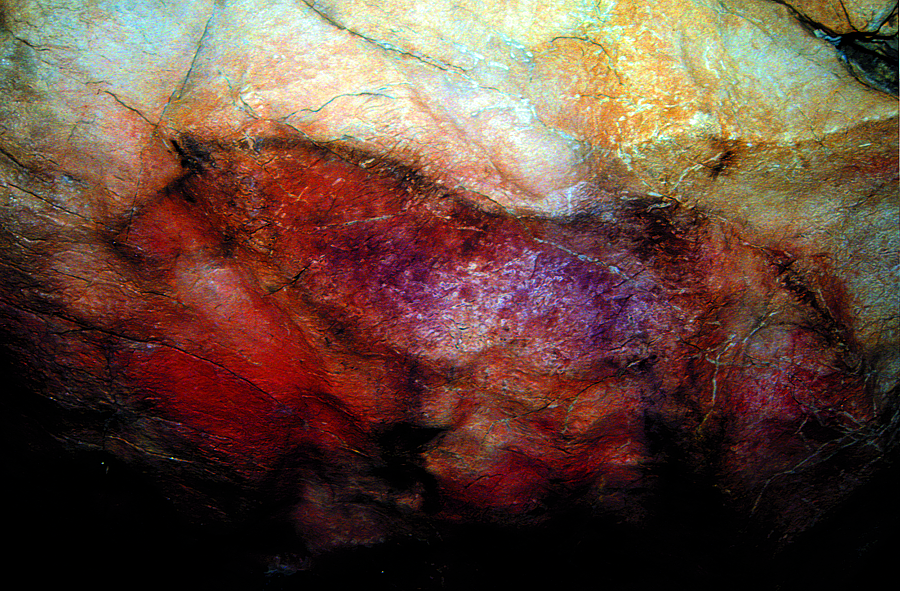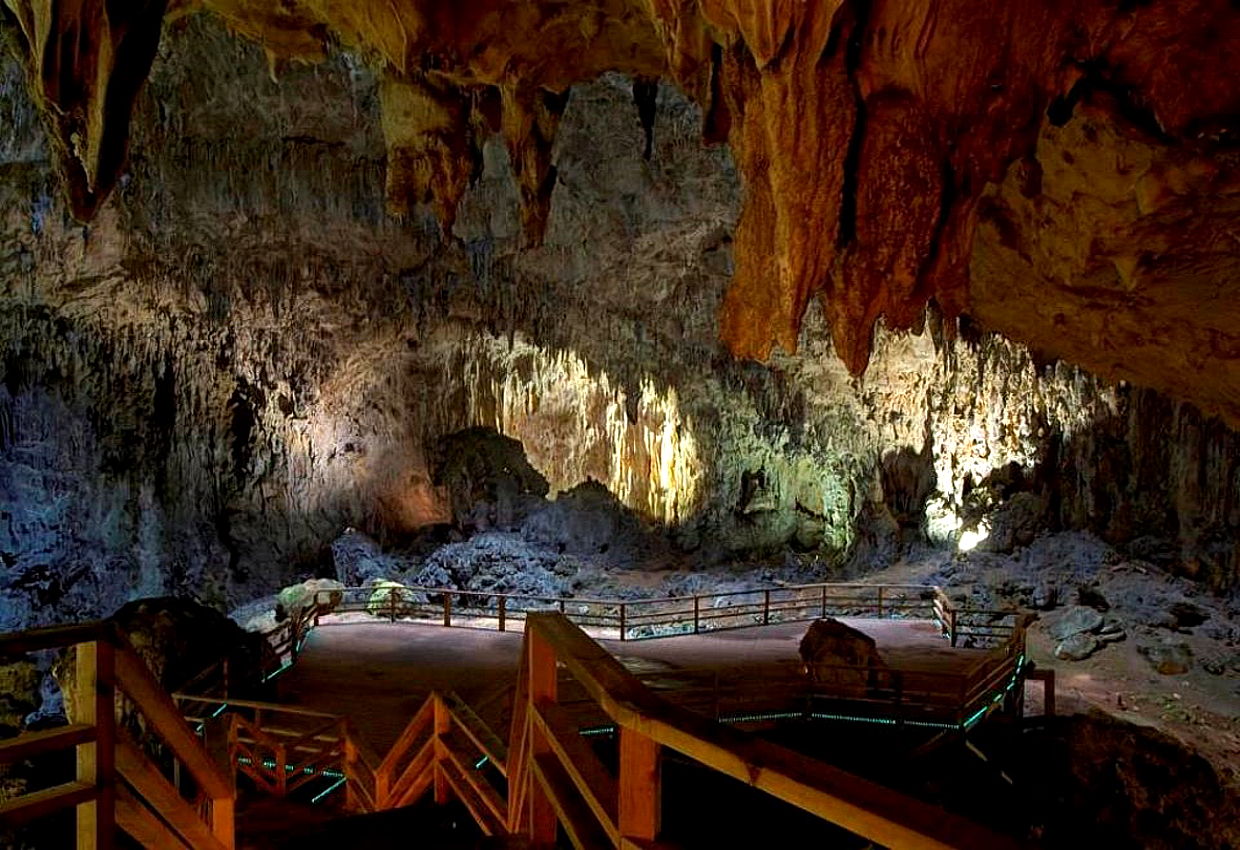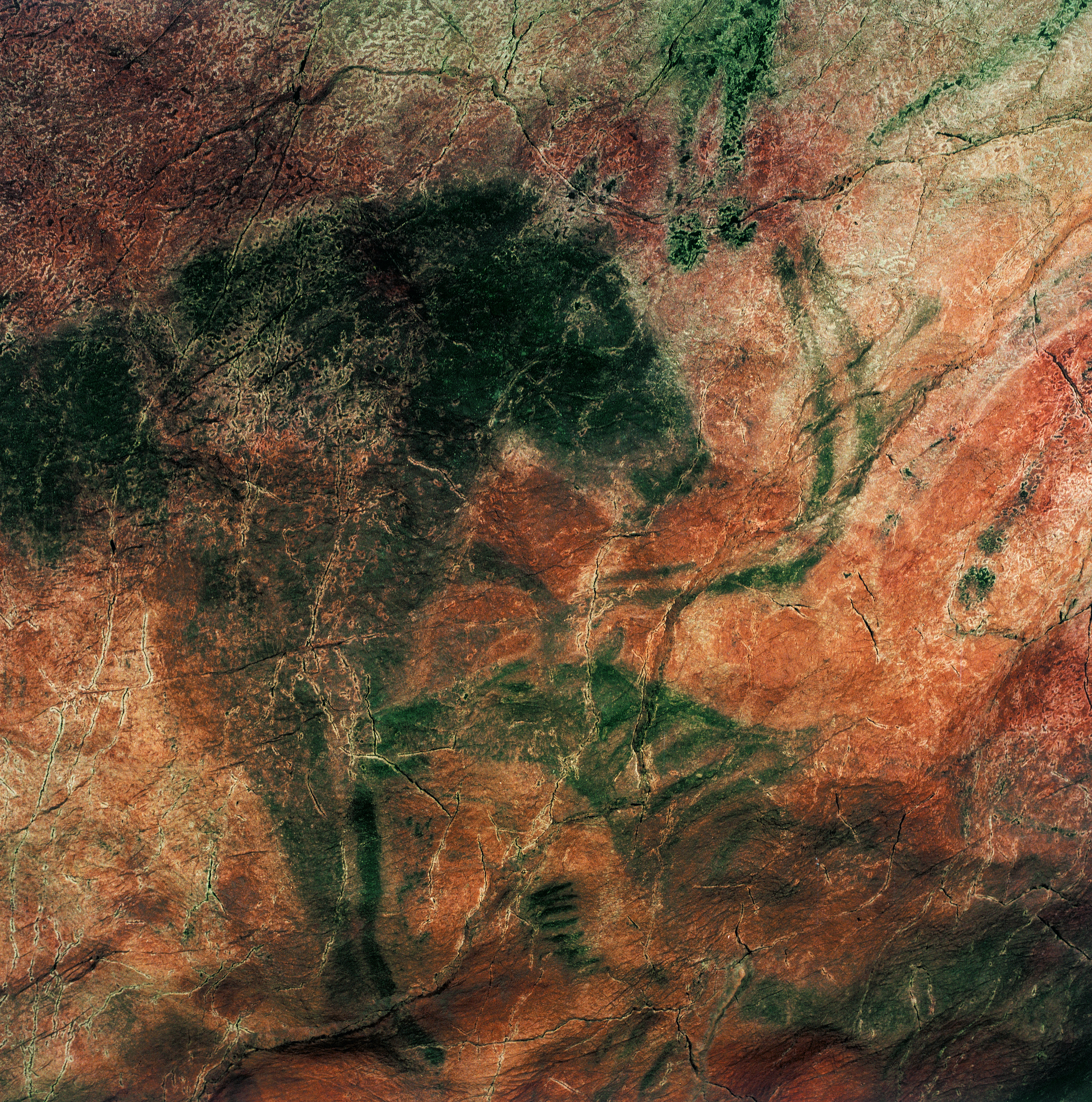Cronología de las representaciones rupestres: Upper Palaeolithic. Magdalenian (between 15,000 and 12,000 years ago).
Descripción general del destino: The Tito Bustillo Cave is one of the world´s collections of Palaeolithic rock art. In July 2008 it was declared, together with four other Asturian caves and twelve more in Cantabria and the Basque Country, a World Heritage Site due to its extraordinary examples of Palaeolithic rock art. Tito Bustillo Cave contains a large ensemble of representations of animals and signs, painted in red and black, belonging to different periods in the Upper Palaeolithic, above all the Magdalenian. Nevertheless, of the twelve collections that form it, only the Main Panel can be visited during certain months of the year in order to help with the preservation and conservation of the Cave.
Historia del sitio: In April 1968, a group of cavers from Oviedo descended a pot-hole called “Pozu del Ramu” or “La Cerezal”. They found themselves in a passage with a large number of Palaeolithic paintings. The cave was called Tito Bustillo; the documentation of its impressive cave art ensemble began at that time, and has continued practically until the present day. Professors A. Moure Romanillo and R. de Balbin Berhman have studied the cave in great detail.
Descripción de los recursos museográficos: The Rock Art Centre uses the latest technological resources, exhibitions and replicas to introduce visitors to the distant prehistoric world. Authentic archaeological artefacts and reproductions, including some disappeared animals (reindeer and bison) are on display, together with photographs, maps, drawings and explanations. Divided into six sectors, the permanent exhibition, with its technological and audiovisual resources, covers the discovery of the cave, the geology of Ardines Hill, the world of Palaeolithic artists and hunters, the main decorated wall in Tito Bustillo Cave, the more hidden art in the cave, and Palaeolithic art as World Heritage.















